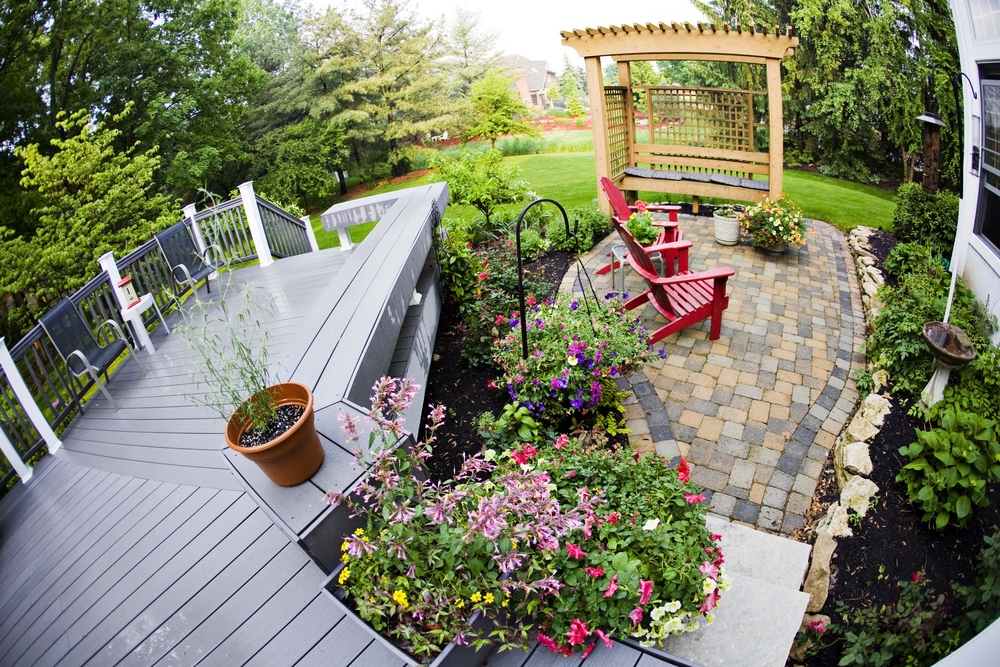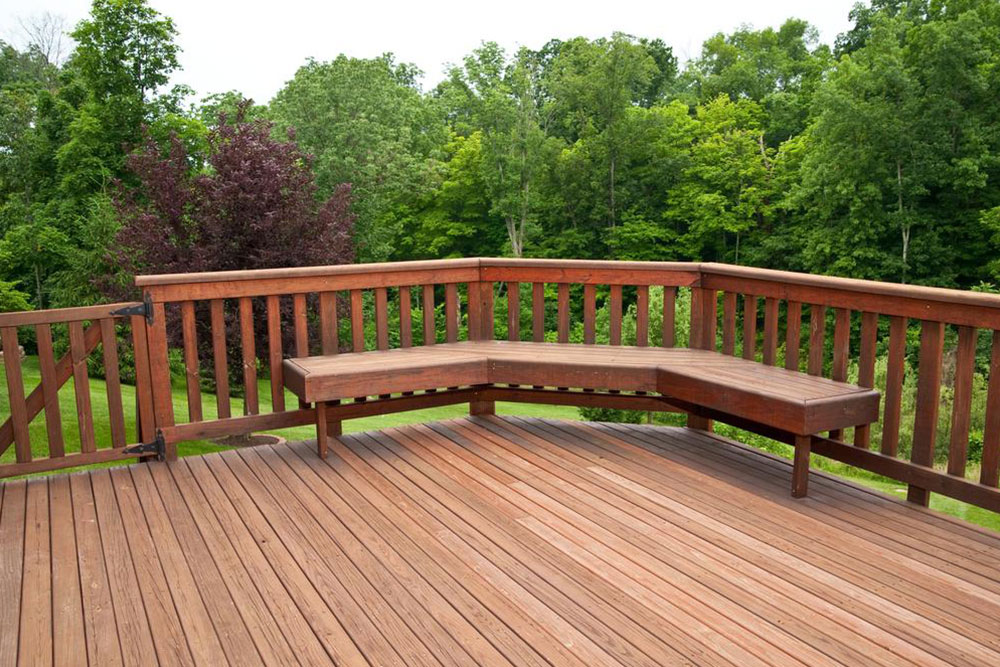Guide to Installing Durable Composite Decking: Key Factors to Consider
Discover essential considerations for installing composite decking, including costs, materials, benefits, and potential challenges. Make informed decisions to enhance your outdoor space with durable, eco-friendly decking options that require minimal maintenance and provide long-lasting beauty.
Essential Tips for Choosing and Installing Composite Decking
Composite decking is a resilient, low-maintenance alternative to traditional wood, making it increasingly popular among homeowners. Despite supply challenges in raw materials, improvements in quality and affordability have boosted its appeal. Planning to install a composite deck? Understanding critical factors can streamline your decision-making process. Here's what you need to know before starting your project.

What should you consider when selecting composite decking?
Cost: Prices range from about $4 per square foot for basic options to around $7.20 for premium varieties. Budget planning is essential.
Warranty: Many brands offer warranties up to 25 years or even lifetime, often covering structural issues. Note that warranties may exclude fade, stain, or scratch damages, and some are transferable to new homeowners.
Maintenance requirements: Minimal upkeep is needed. Unlike wood, composite decking doesn’t require polishing or insect treatments. A simple cleaning with soap and water usually suffices.
Material composition: These boards are crafted from wood fibers mixed with recycled plastics, treated with UV inhibitors, preservatives, and pigments. Surface textures can be embossed during manufacturing for better grip.
Primary raw materials include recycled wood waste from mills and furniture manufacturing.
Recycled plastics, such as shredded milk jugs and shopping bags, are also utilized.
Benefits of composite decking:
Low maintenance: Resistant to stains and won’t require harsh chemicals, lowering upkeep costs.
Robustness: Resistant to rotting, warping, and pests, while remaining splinter-free and safe for barefoot walking.
Color stability: Slight fading may occur initially but stabilizes, ensuring long-lasting visual appeal.
Eco-friendly: Incorporates thousands of recycled plastics, supporting sustainability efforts.
Potential drawbacks:
Higher initial investment: Costs can be about 30% more than pressure-treated pine.
Stain susceptibility: Grease and food spills may cause stains, though they tend to fade over time.
Heat retention: During hot weather, some composite boards, especially those with deep grooves, can become quite warm underfoot.
Note: This article offers general insights into the industry and practical advice. While efforts are made for accuracy, readers should verify details independently, as data and offers may vary across sources.


